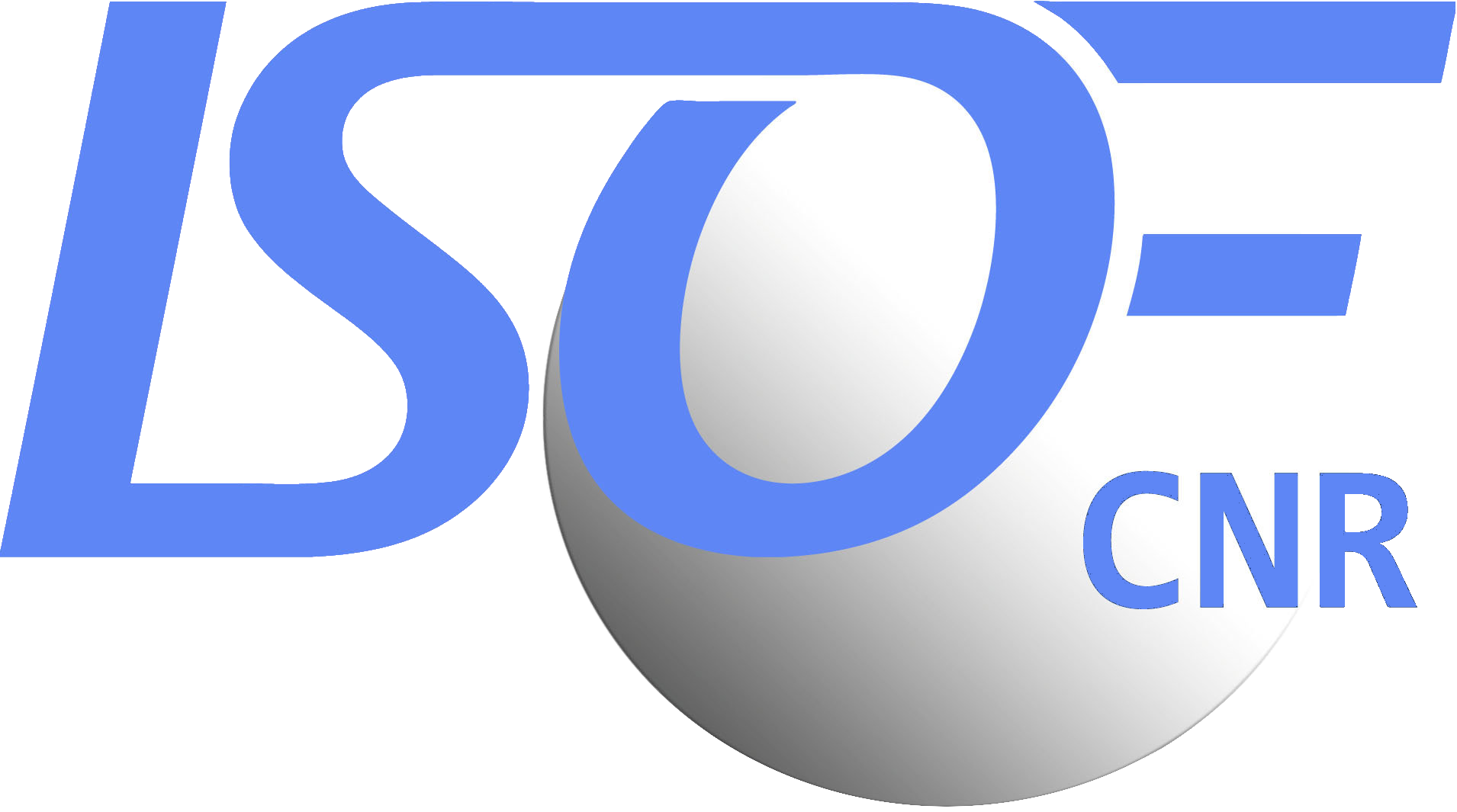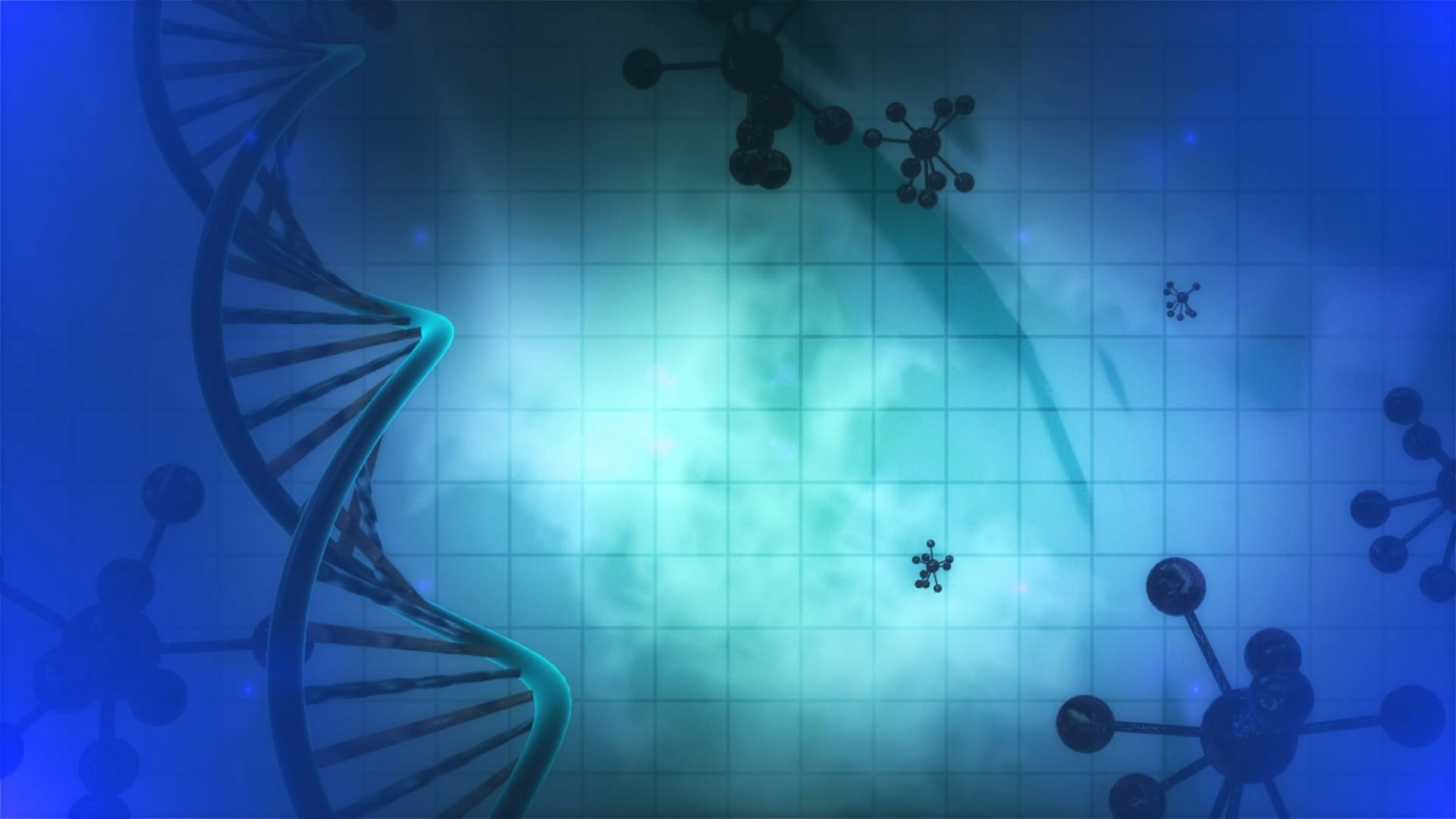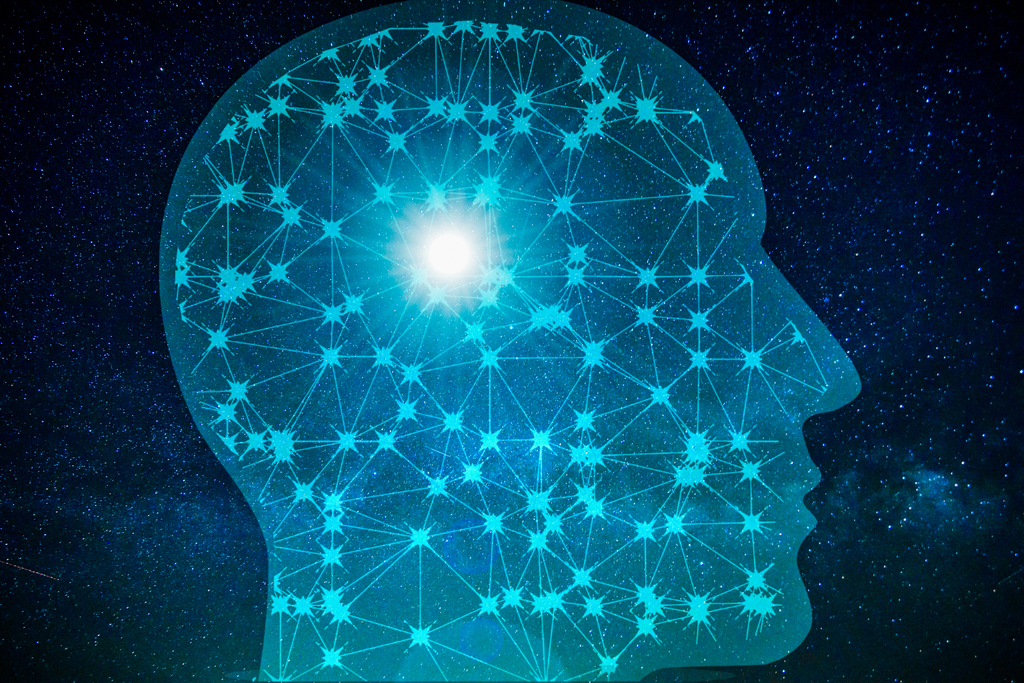ISOF has >7000 m2 of laboratories equipped with state-of-the-art instrumentation. At ISOF you shall find all key facilities for synthetic chemistry, spectroscopy and characterization of materials, cellular and molecular biology.
Here below is a list of some of our most relevant instruments and techniques.
CHEMICAL ANALYSIS
Ultra-High-Performance Liquid Chromatography
The coupled ACQUITY UPLC H-Class PLUS – XEVO TQS Micro MS system allows the detection and multicomponent quantification of organic molecules such as drugs, cosmetics, trace pesticides (sub ppb) in complex matrices. The system allows complete automation in the mixing of eluent phases in pH and temperature control, to achieve high performance in terms of resolution, sensitivity and analysis speed. The tool is currently used in ISOF for the detection of emerging contaminants, in particular perfluoroalkyl substances in drinking water.
Model: ACQUITY UPLC H-Class PLUS System
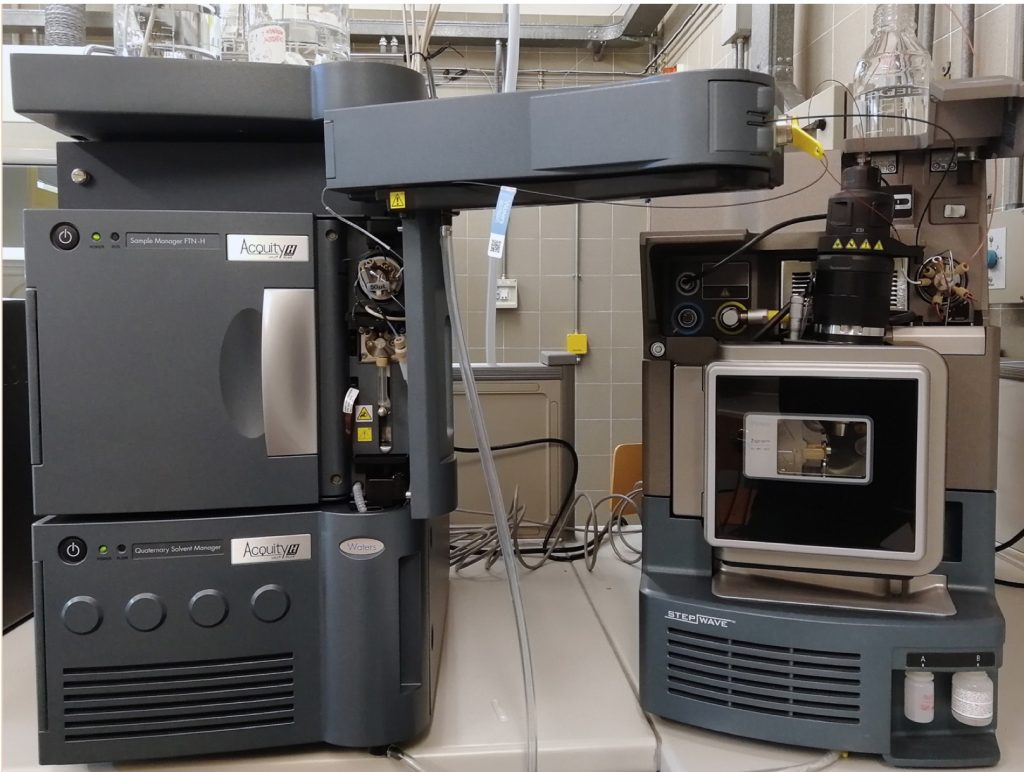
Liquid Chromatography
The system consists of a liquid chromatograph equipped with an autosampler, a triple quadrupole mass detector with ESI and APCI ionization system and a UV-Vis diode array detector. The Thermo Quantum Access Max mass detector allows you to determine molecular weights in the 60-3000 Dalton range, carry out structural investigations of organic molecules and perform quantitative analyzes even of complex mixtures in various application fields (environmental, pharmacological, biomedical etc.). This equipment allows high analytical power and application flexibility also thanks to the presence of the UV-Vis detector which improves qualitative analysis by allowing the identification and determination of the purity of compounds containing chromophores.
Model: Thermo Ultimate 3000
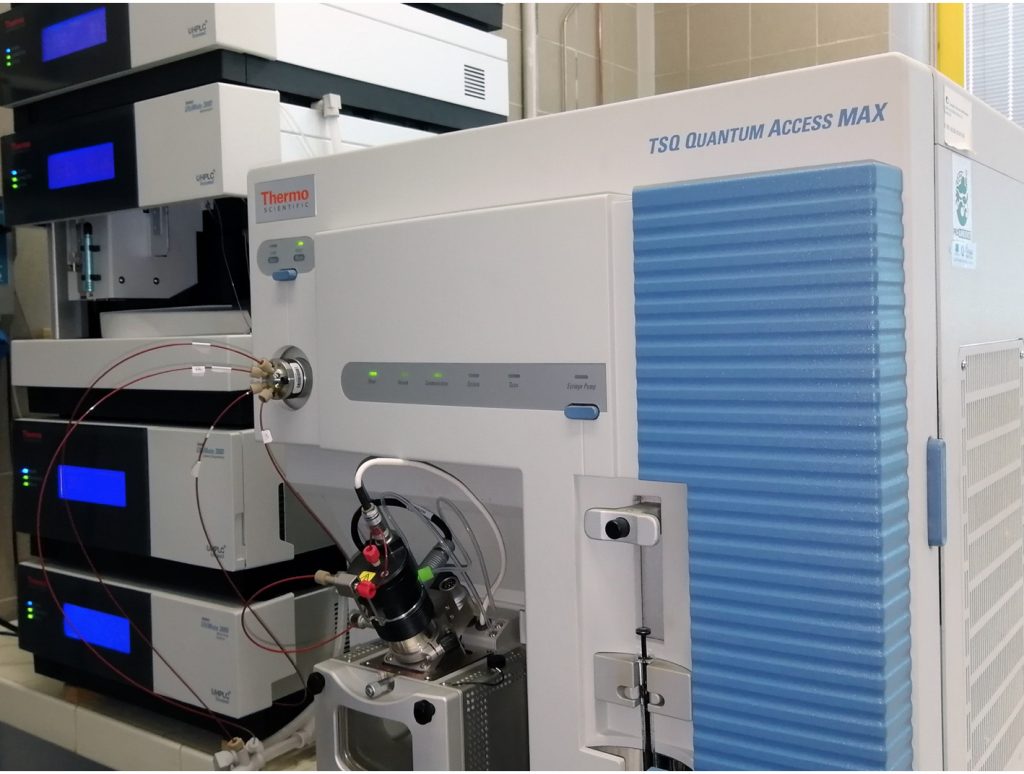
Gas Chromatography
3 Agilent 6850 chromatographs equipped with a flame ionization detector (GC-FID) with He or H2 carried gas and GC columns for the full detection of fatty acid positional and geometrical isomers.
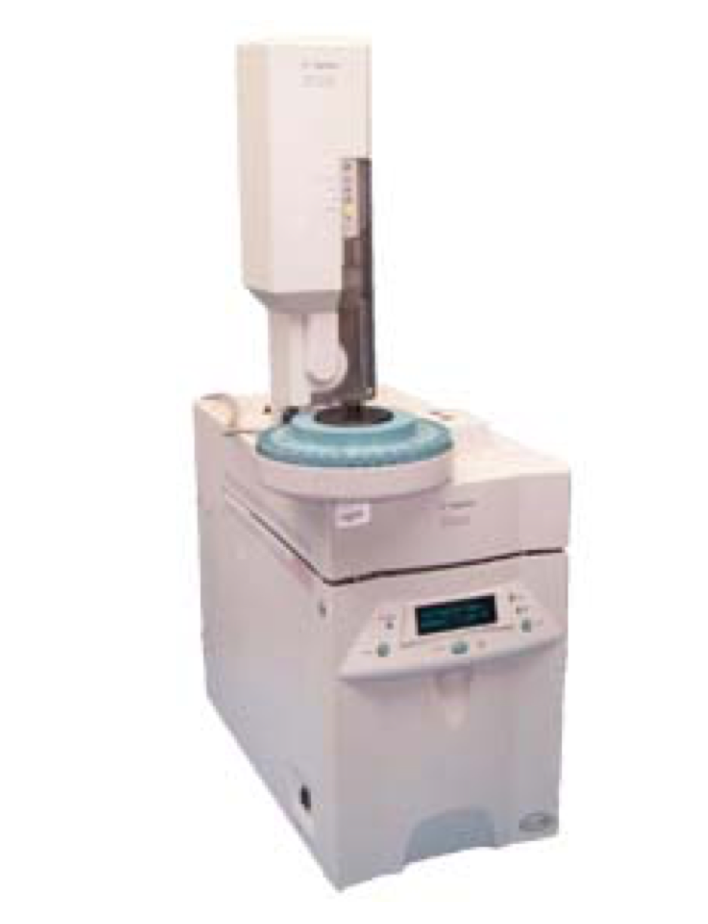
Nuclear Magnetic resonance (NMR)
NMR Spectroscopy is a nondestructive analytical technique, extensively used for structural characterization to assess connectivity, configuration and conformation of molecules in solutions, emulsions and at the solid state. It allows both qualitative and quantitative targeted/non-targeted analyses, and a broad range of nuclei can be selectively observed in homo- and hetero-correlated, mono- and multi-dimensional experiments performed on pure compounds or complex mixtures. Through-bonds and trough-space nuclei interactions can be observed, affording relevant information on intra- and inter-molecules relationships. These studies can be performed on wide variety of solution, solid and semisolid samples of: small organic molecules, biological tissues and samples, foods, seeds, organic and inorganic materials (nanostructured and not), polymers and matrices.
The NMR Laboratory at ISOF CNR consists of two Spectrometers: Varian Mercury 400 MHz, equipped with a ID 1H-19F, 31P-15N bradband probe, and Agilent DD2 NMR System 500 MHz equipped with liquid (Agilent OneMNR), semisolid (Agilent Nanoprobe) and solid state (3.2 mm Agilent T3 triple resonance HXY MAS) probes.
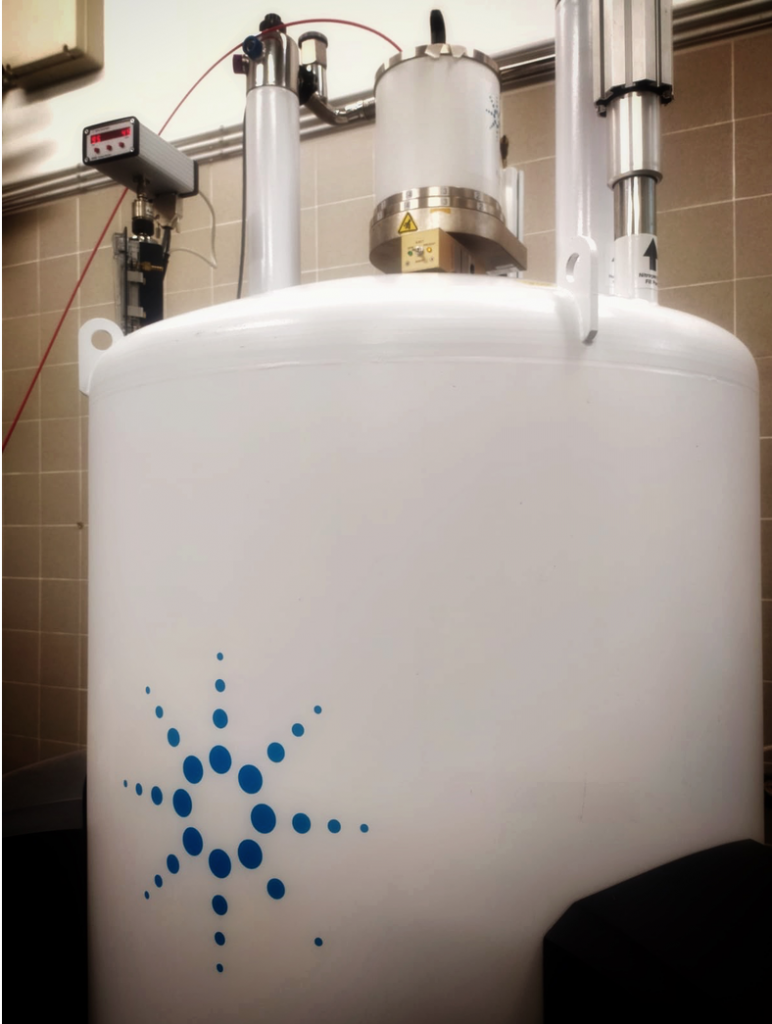
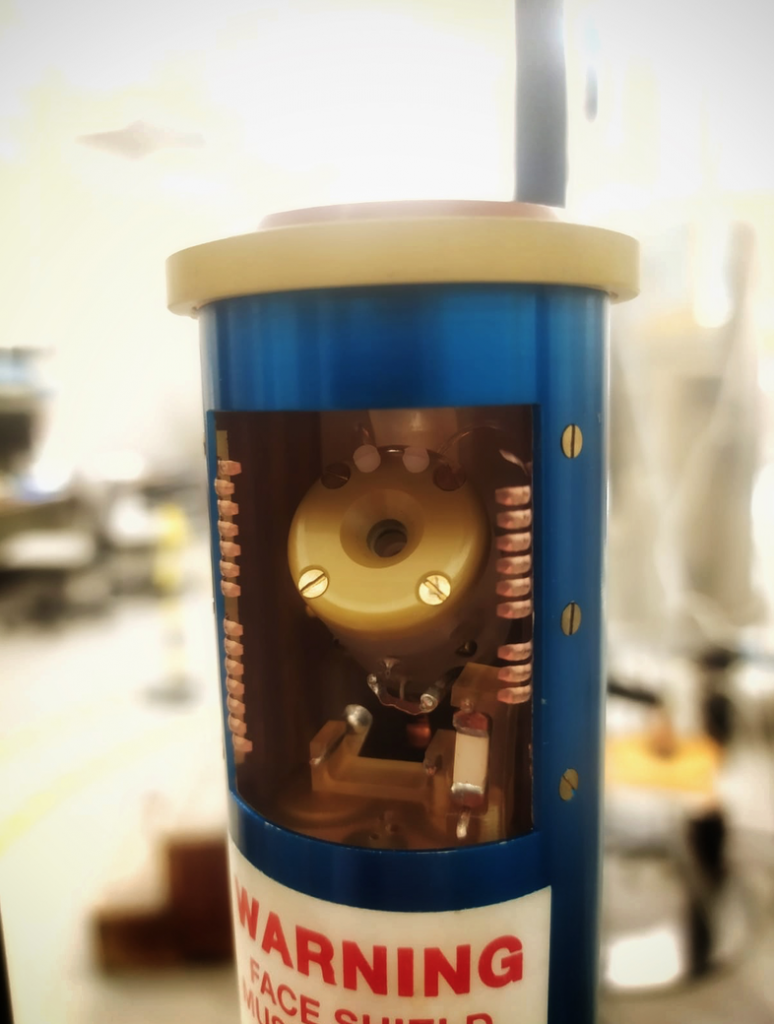
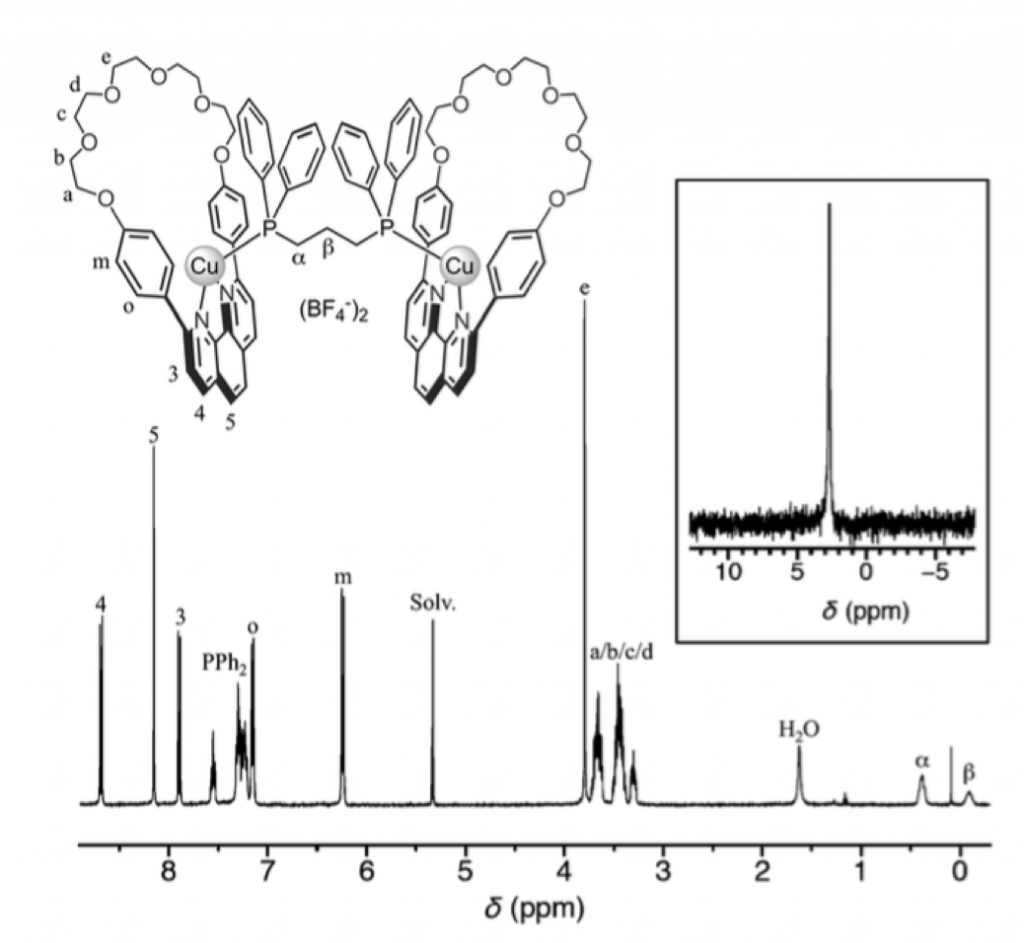
ICP Mass Spectroscopy
The NexION 1000 ICP-MS (Inductively coupled plasma mass spectrometry) performs simultaneous analysis of multiple atomic species within a wide dimensional range and allows multi-element detection, including detection and quantification in traces of metals, metal nanoparticles in liquid and solid even in complex matrices.
Model PERKIN ELMER NexION 1000
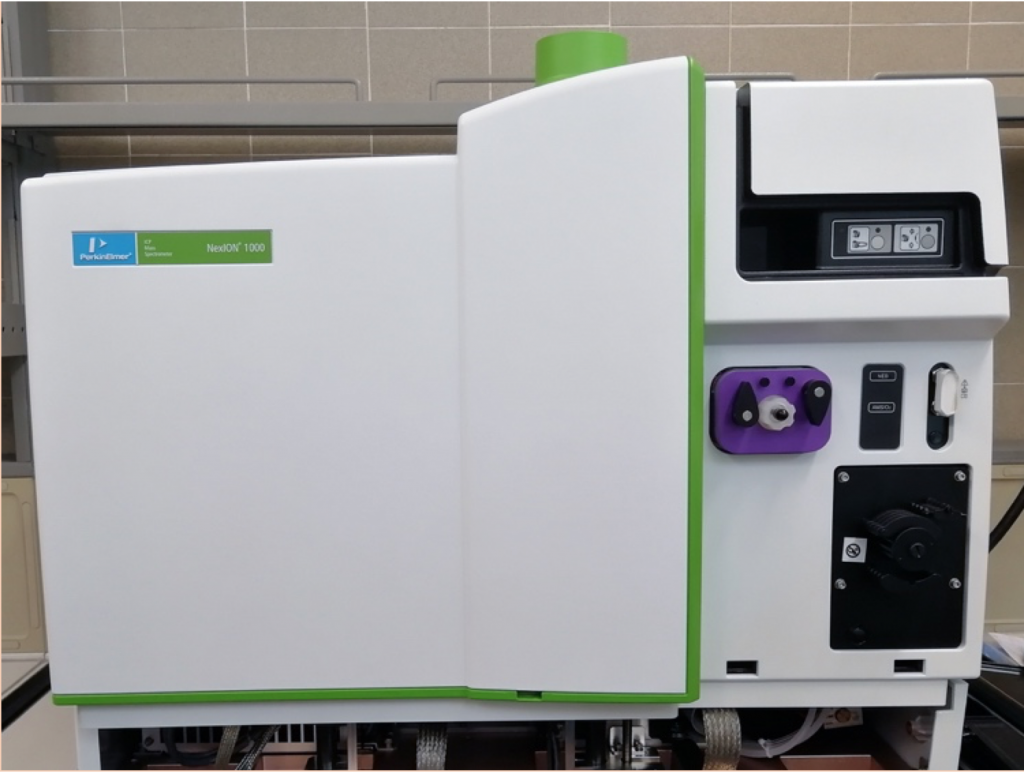
MICROSCOPY
Fluorescence microscopy with spectral lifetime imaging
The Nikon A1 confocal laser scanning microscope for fluorescence intensity, fluorescence lifetime and spectral imaging system consists in an inverted Nikon Ti-E microscope, an Argon ion CW laser, a 640 nm CW diode laser and 405, 485, 520 and 637 nm pulsed Picoquant diode lasers. The system has a 20X objective with NA of 0,8 and 60X oil immersion objective with NA 1,4. The Nikon A1 spectral module with a 32-PMT array detector is used for spectral imaging with resolution of 2.5, 6 or 10 nm per PMT in the 405 – 750 nm range. Fluorescence lifetime imaging is performed exciting with one of the pulsed diode lasers and collecting photons with integrated PicoHarp 300 electronics for time-correlated single-photon counting. Two single-photon avalanche diode detectors can be contemporarily used for single photon detection in 460-500 nm, 505-535 nm, 565-605nm, 635-675 nm, 696-736 nm ranges. The system is suited also for (Time-resolved) Fluorescence Correlation Spectroscopy. The system is completed with the optics for Differential Interference Contrast (DIC) Imaging.
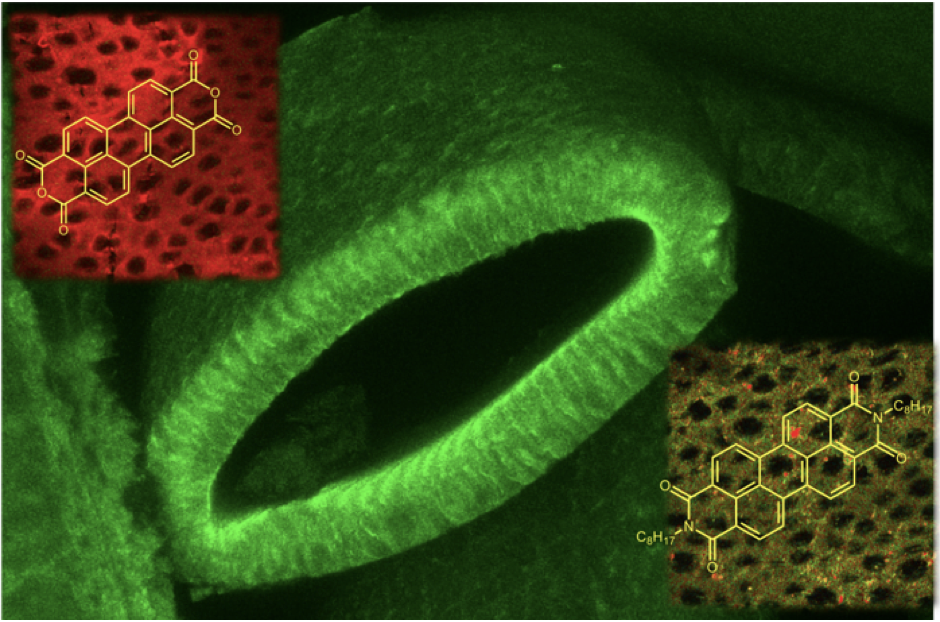
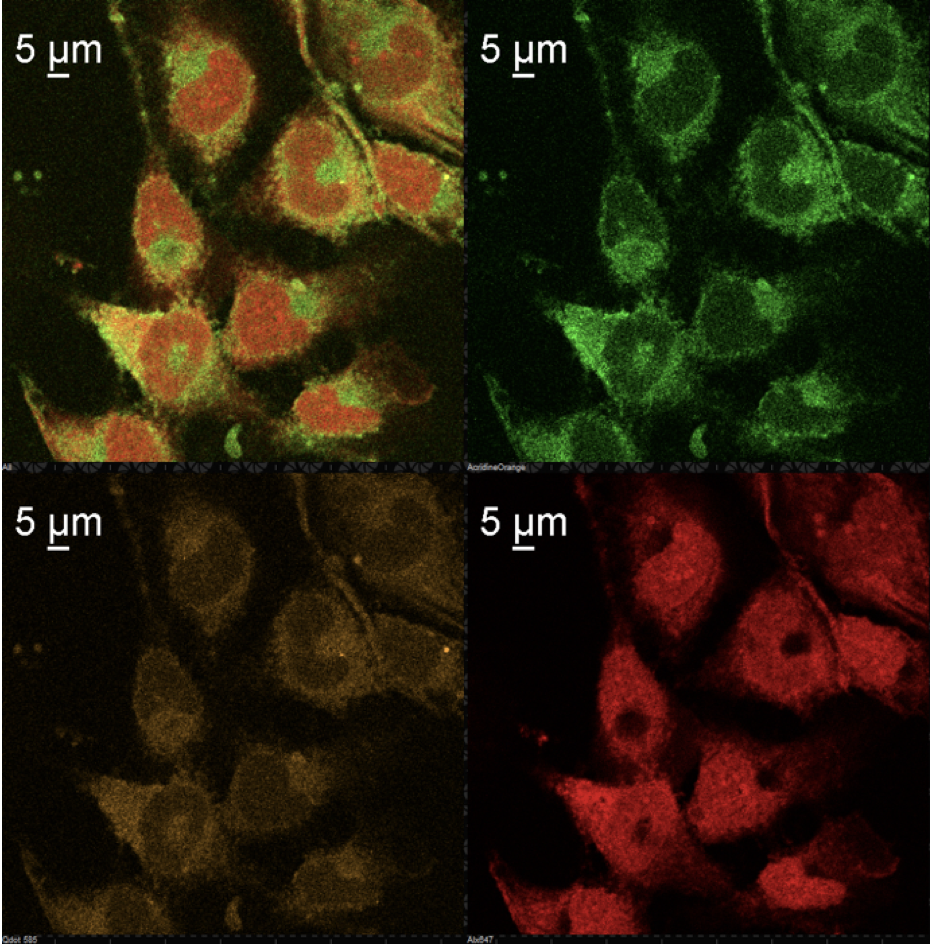
Scanning Probe Microscopy – AFM c-AFM and KPFM
The probe microscopes featured in ISOF provide several advanced SPM characterization techniques, from atomic force microscopy to conductive AFM and Kelvin Probe microscopy. These techniques allow visualizing the electrical potential and conductivity of a sample with lateral resolution less than a few nm, potential resolution less than 10 mV and electric current resolution on the pA scale.
ISOF is equipped wit an NTMDT and a Bruker MultiMode 8 microscopes.
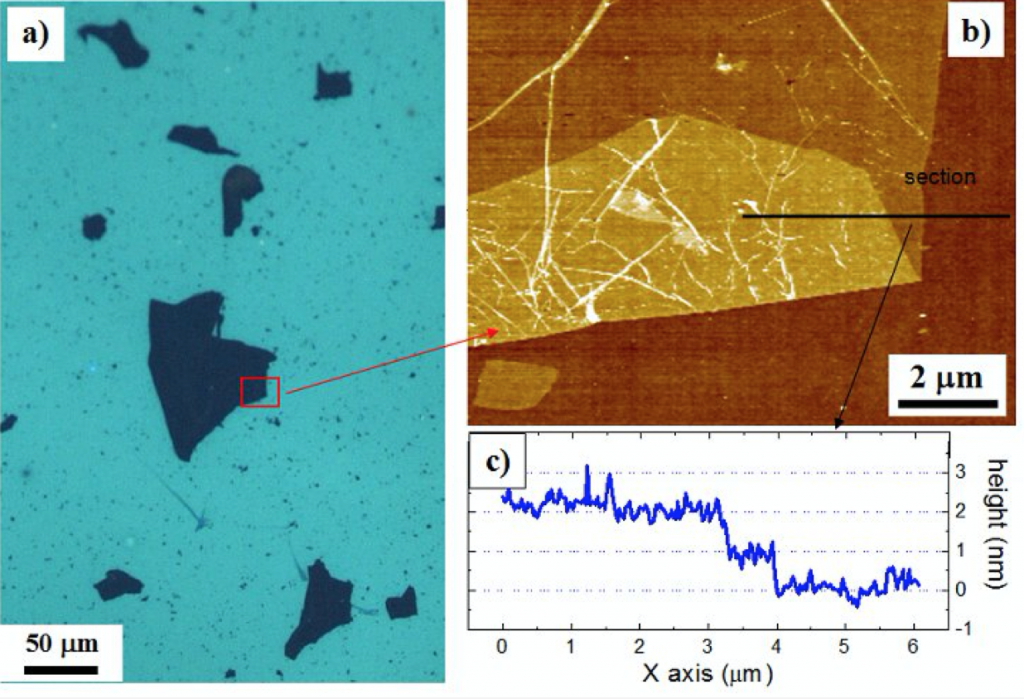
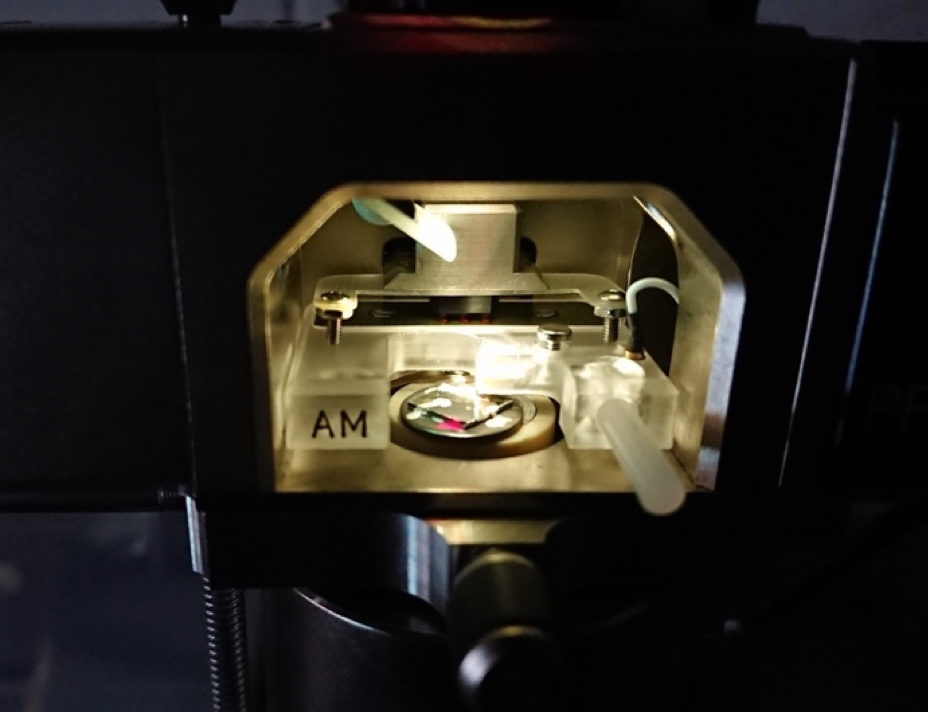
SPECTROSCOPY
X-Ray Photoelectron Spectroscopy
The X-Ray Photoelectron Spectroscopy (XPS) facility is composed by 3 chamber in Ultra High Vacuum environment. Up to 3 samples can be introduced by load-look chamber.
1. Analysis chamber. XPS set-up composed by non-monochromatic X-Ray source (XR50, SPECS) and hemispherical electron analysed (Phoibos 100, SPECS). Surface chemical composition of solid samples as thin film, coating and powders can be obtained by XPS, both quantitative (relative atomic %) and qualitative (chemical states of atoms). Thin film, coating and powders can be measured. XPS probed area goes from 1 mm diameter up to 7×3 mm2. Auger spectroscopy is available by using the Electron Gun (ELG-2, KPI) with 0-3 keV.
2. Preparation chamber. Residual Gas Analysis (RGA, Hiden HAL/3F), two UHV manipulator for sample heating up to 900°C, Argon surface cleaning sputtering (Ar+ energy 500 eV).
3. Metallization chamber. Thermal evaporator set-up for Al, Au, Ag, Cr, Ti deposition.
Model: Phoibos 100 – SPECS.
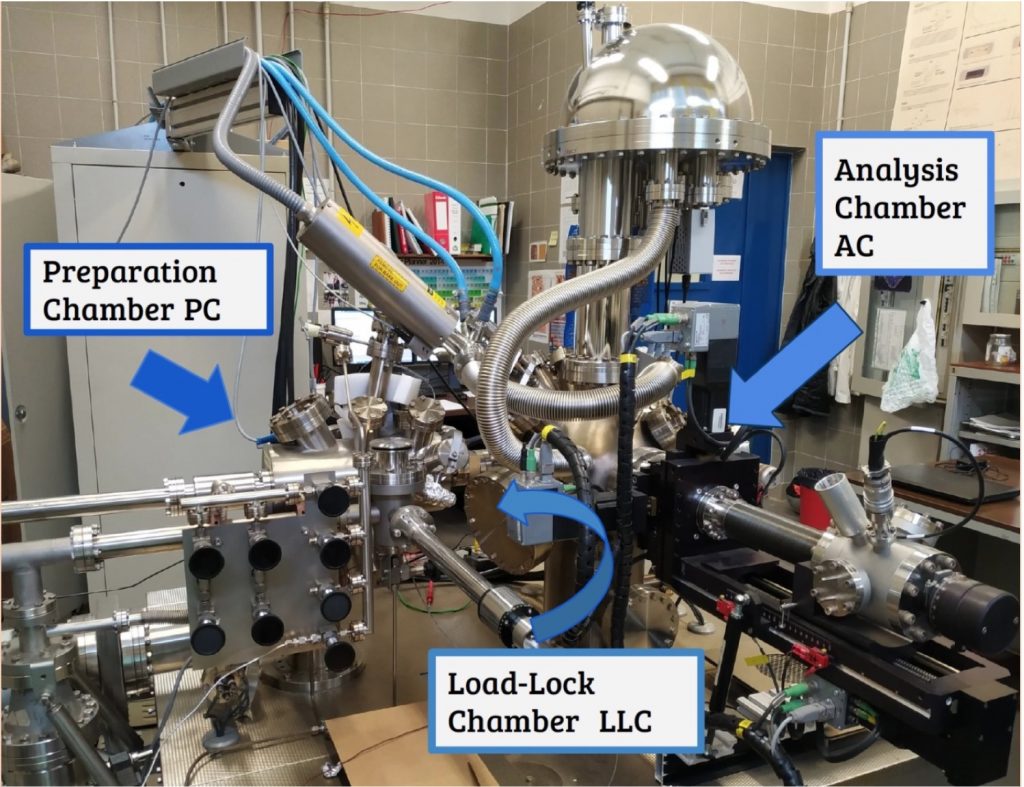
Inverted fluorescence microscopy
The microscope allows to study fluorescent and non-fluorescent samples using different filters. Fully computerized instrument, equipped with powerful LED lighting and a high sensitivity Electron Multiplying Charge Coupled (EMCCD) camera.
Model: Leica DMi8
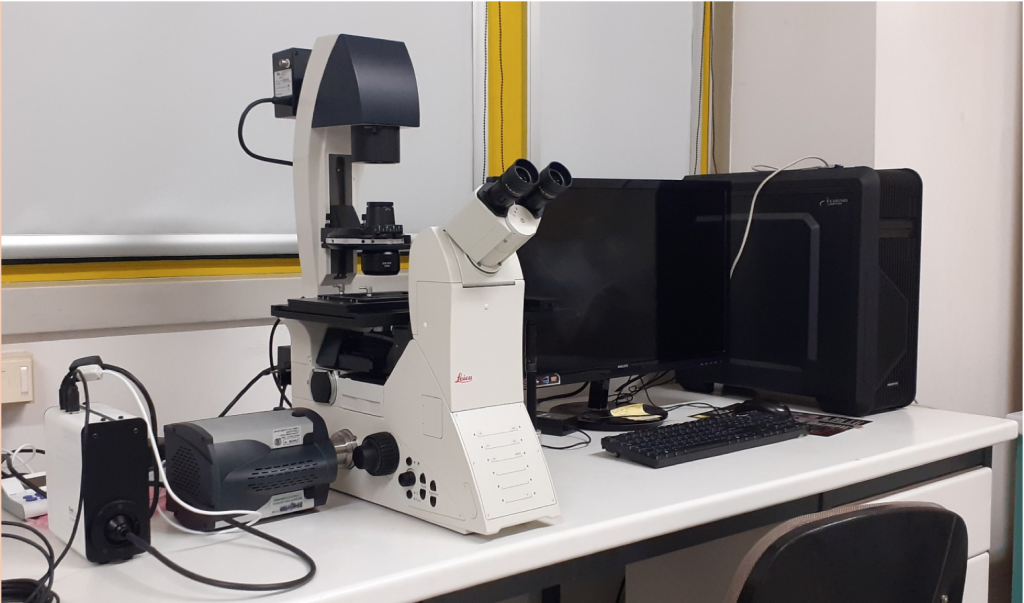
Femtosecond laser spectroscopy
The femtosecond laser system is equipped with the TOPAS Prime Parametric Optical Amplifier mod. TPR-TOPAS-F. This system is used as an excitation source for pump-probe transient absorption and time-resolved luminescence spectroscopy. The system integrates in a single apparatus: i) a Ti:Sa oscillator (Mai Tai HP) that can be modulated in wavelength (690-1040 nm) and a time duration of 100 fs; ii) a Ti:Sa regenerative amplifier; iii) a parametric optical amplifier that emits radiation in the wavelength range 290-2600 nm and with pulse duration of 100 fs.
Model: SOLSTICE-F-1K-230V Spectra Physics
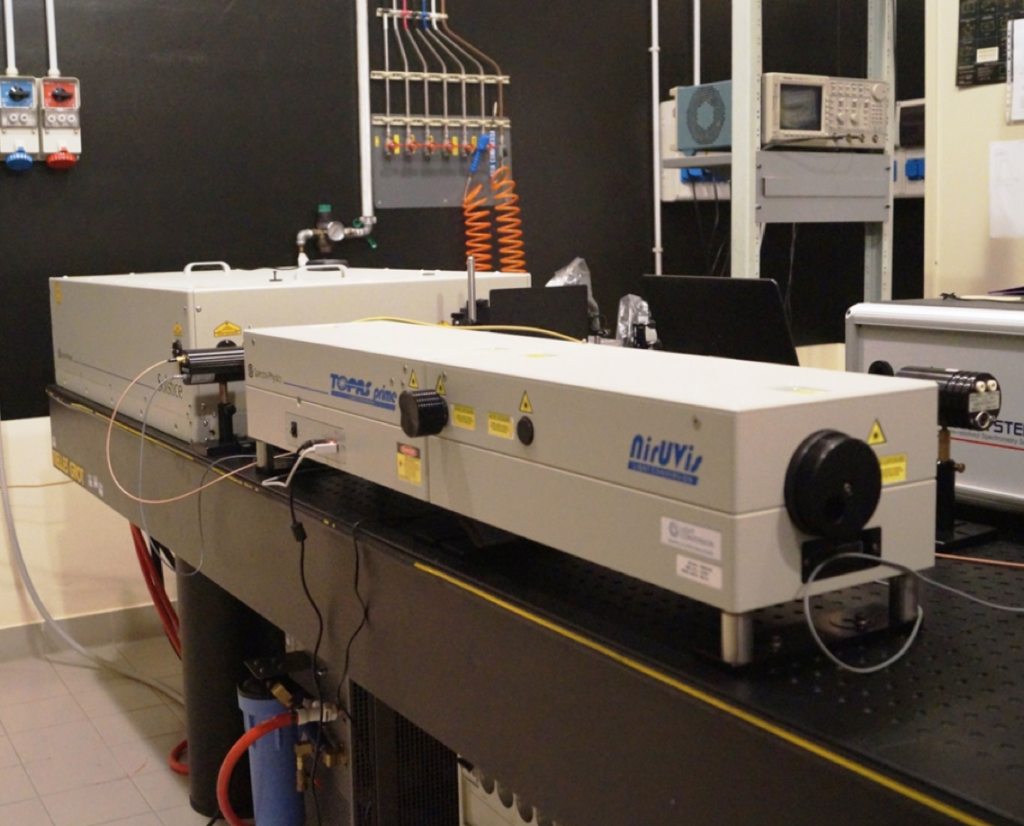
Streak Camera Synchroscan
The system allows the characterization of the luminescence of materials, in solution or in solid state, with ultra-short time resolution (1 ps) and simultaneous spectral information and signal intensity.
The system consists of: i) a main unit (C10910-05), equipped with a S-20ER photocathode with a response range of 200-900 nm; ii) a synchroscan unit (M10911-01) with temporal resolution of 1 ps FWHM in synchroscan mode; iii) an Acton SP 2358 spectrograph; iv) an ORCA-Flash 4.0 V2 CCD camera.
The streak unit is interfaced with the Ti:Sa femtosecond laser (SOLSTICE).
Model: Hamamatsu
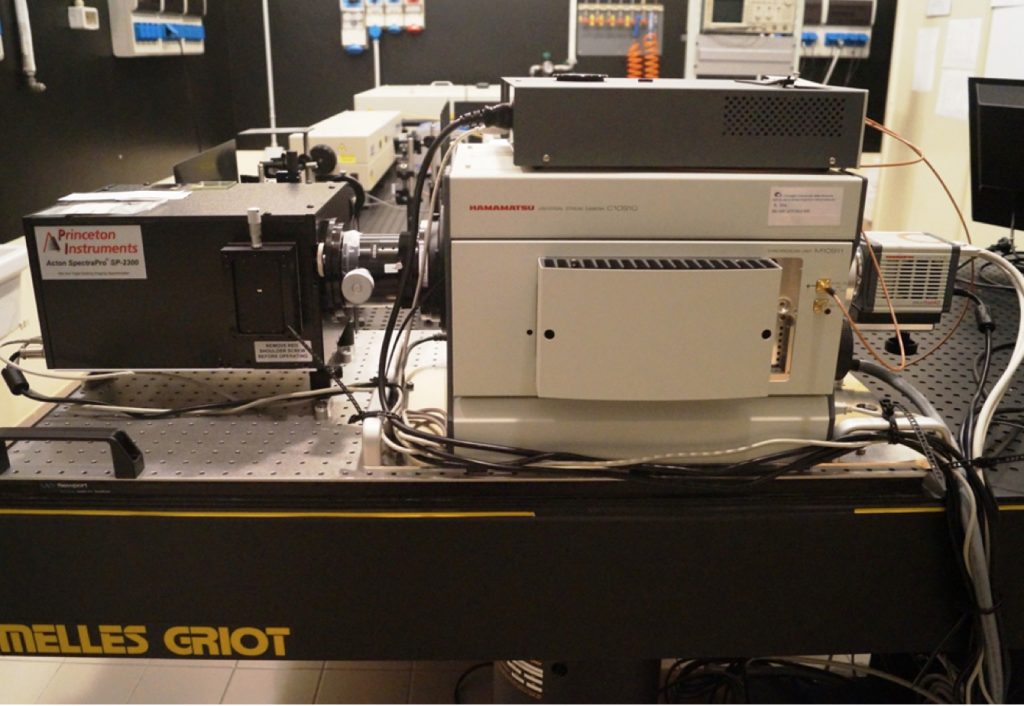
Pump-Probe spectroscopy
HELIOS multichannel spectrometer (HE-VIS-NIR) for pump-probe transient absorption spectroscopy (Ultrafast Systems)
HELIOS is a CCD-based multichannel spectrometer, used for the analysis of the absorption of transient species, with a time window from 300 fs to some ns and a spectral window between 450 nm and 1600 nm. The system is interfaced with the Ti:Sa femtosecond laser (SOLSTICE) and with the TOPAS module which are used for the generation of the continuous spectrum of analysis (probe) and for the excitation of the sample (pump). The system produces 3D matrices of wavelength-time-transient absorbance data, allowing to measure spectral and kinetic characteristics of excited-states and transient species.
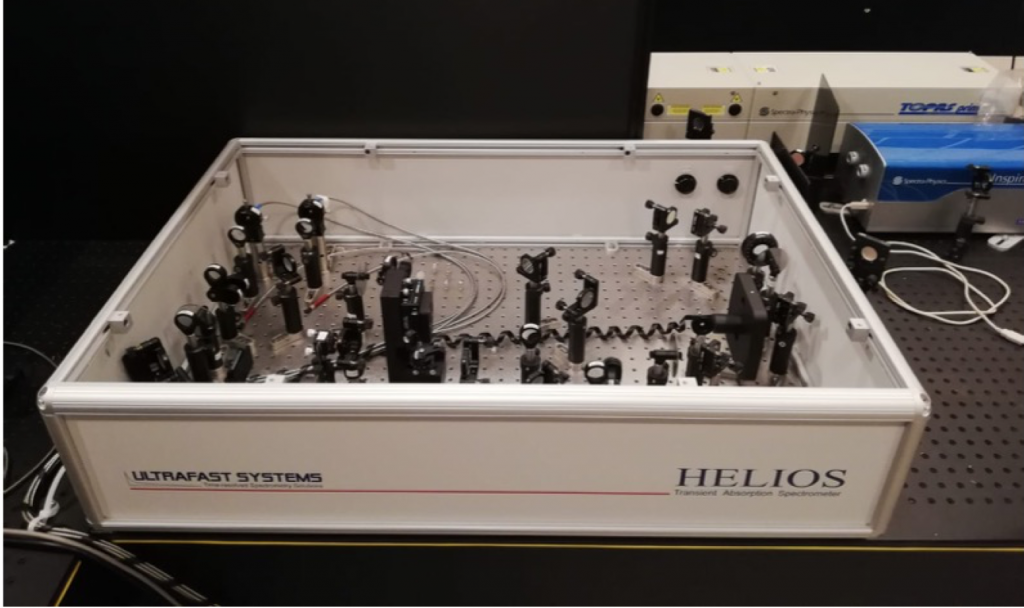
UV-VIS-NIR Spectrofluorimetry
Instruments for steady-state and time-resolved luminescence measurements from 200 to 1,700 nm and in time domains ranging from 100 ps to 10 s. The instruments are equipped with various excitation sources (continuous and pulsed Xe lamps, pulsed hydrogen lamp, pulsed diode laser and LED), single or double monochromators in excitation / emission, linear polarizers, cooled PMT detectors with high sensitivity for measurements in the UV-VIS and NIR region, sample holder with temperature control, integrating sphere for absolute fluorescence quantum yield determination. It is possible to perform measurements on samples in solution, in the solid state, as thin film and in frozen matrices, in the temperature range between 77 and 500 K.
Producer: Edinburgh instruments
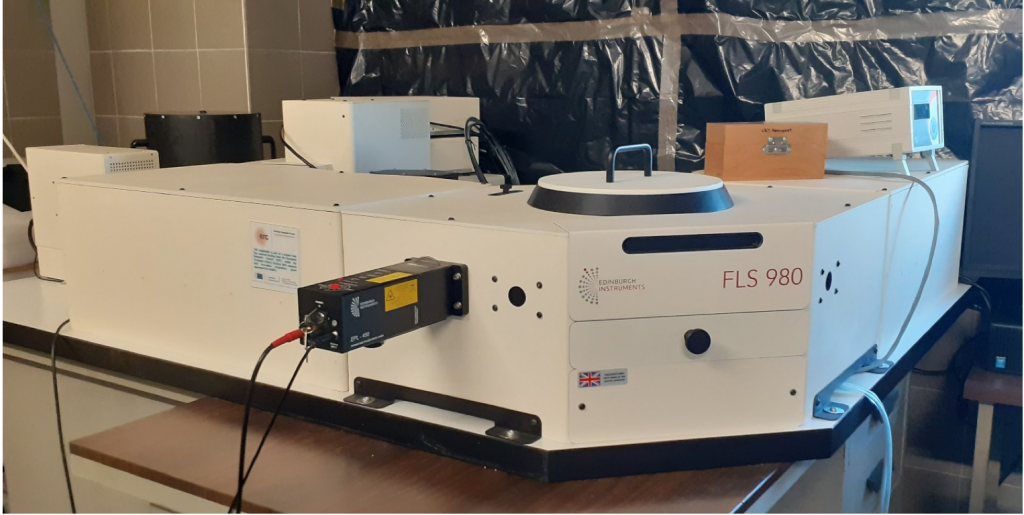
Dynamic Light Scattering (DLS)
DLS technique allows the measurement of the particle dimensions applicable to emulsions, liposome and proteoliposome preparations.
Malvern Zetasizer Nano ZS device (Malvern, UK)
Infrared imaging system for protein analysis in cells
Direct infrared fluorescence detection for Western blot analysis.
The Odyssey System provides a flexible, multifunctional platform to accommodate a variety of applications such as In-Cell WesternTM assay, an immunocytochemical technique performed with cultured cells in microtiter plates. This assay uses target-specic antibodies to quantify protein levels in fixed cells.
The instrument uses infrared wavelengths detected where both auto fluorescence and light scattering are dramatically reduced.
Model: ODYSSEY, Li-COR biosciences
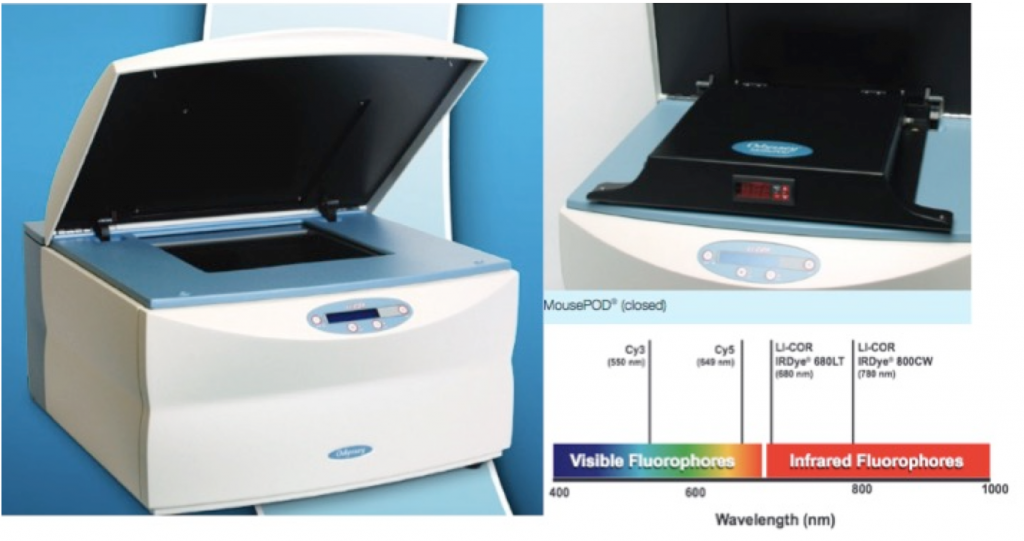
OTHER TECHNIQUES
Flow micro-reactor
ThalesNano H-Cube Pro.
The instrument can perform hydrogenation reactions using in-situ electrolythic generation of hydrogen. The wide choice of dedicated interchangeable catalyst cartridges allows access to a wide range of organic reactions that can be performed under flow conditions in a fully automatic manner.
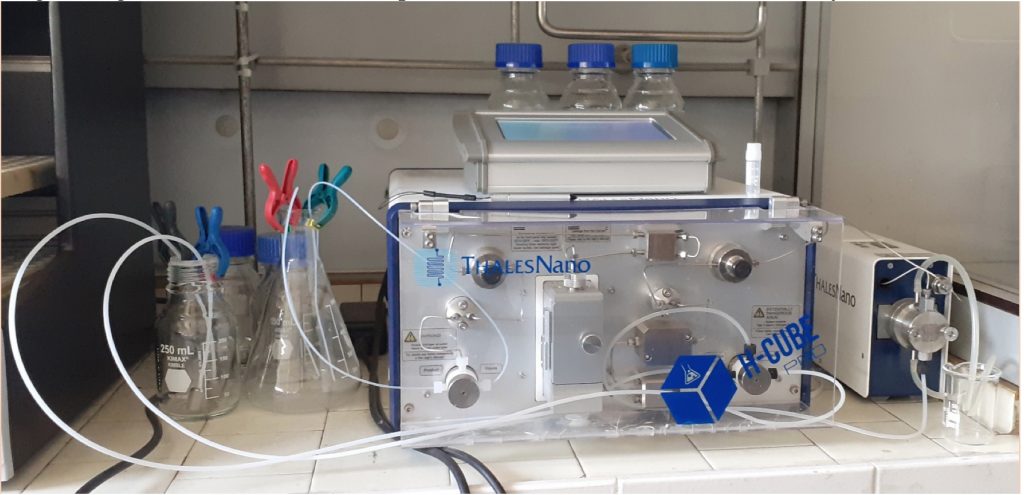
Electrospinning
A basic electrospinning apparatus (generator, collector, needles and pump) to produce polymer nanofibrous membranes. Whit unique properties such as high surface to volume ratio, high porosity, and interconnected pores with sizes in the nano range, high permeability and a structural design highly suitable for chemical functionalization.
Rheometry
Cone-plate rheometer with a Peltier temperature control device for determining absolute viscosity of fluids in small sample volumes.
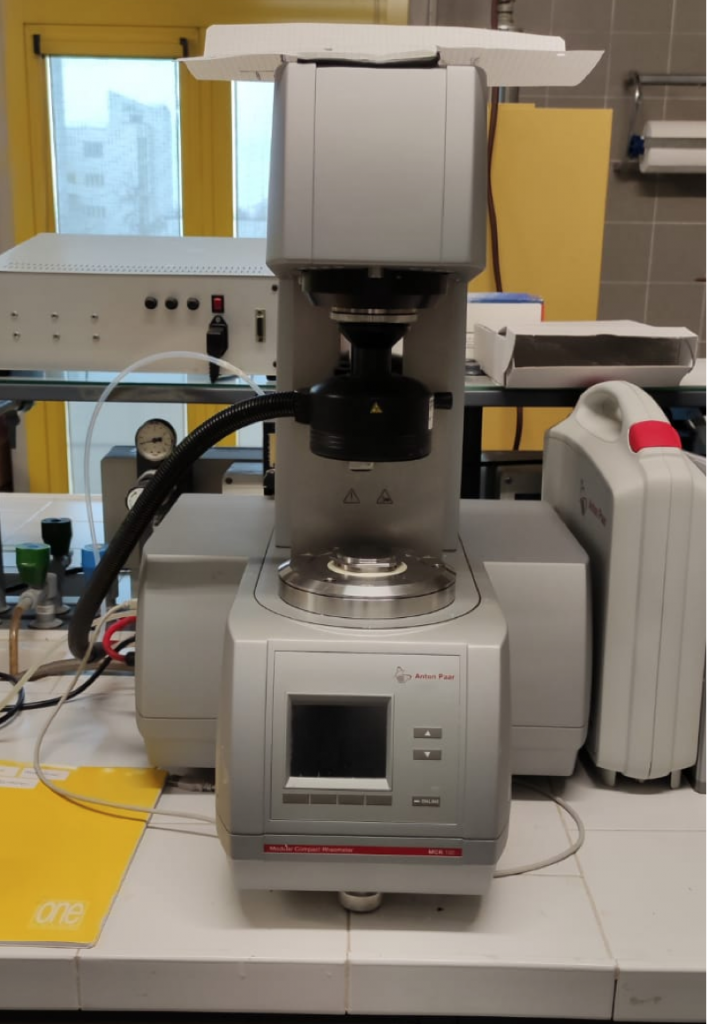
Gammacell using 60Co for high energy radiations ( Gamma rays)
ISOF Gammacells allows to irradiate continuously samples or device with gamma rays from 60Co, thank to the natural decay of radioactive isotope. Related analyzes concern final product using UV-Vis spectroscopy, HPLC, LC-MS, NMR, Raman and ATR-FTIR, SEM, XPS. The current dose rate of our Gammacells, rather low (about 2 and 0.2 Gy/min, respectively), is very suitable for the purposes reported below.
In the research field, radiation chemistry may be applied to a variety of chemical systems in which radiolitically induced radicals are able to produce a wide range of reactions modulating the radical attack via appropriate scavengers.
In the field of materials treatments, our high energy radiation equipment can be applied in the sterilization of nanoparticles (even in an aqueous solution), in the preparation of control protocols for the irradiation of food matrices (zooprophylactic Institutions), in eliminating molds and spores from the paper, other materials and also from medical matrices for tissue regeneration. Gamma irradiation is also extensively used in resistance tests of optics and electronic devices in the field of space research and industry.
The Gamma cell is available for irradiation tests to external users; indicative cost 10 €/h + VAT.
Clean Room
• Clean room facilities (class 10000) with high-vacuum (10-6 mbar) deposition chambers equipped with heating sources independently controlled for multiple and/or co-evaporations and suited to both organic and inorganic materials depositions. The chambers are provided with film thickness monitors to control deposition rate and film thickness.
• Spin casting (0-4000 rpm and 1 to 20 cm2 sample dimension).
• UV-cleaning apparatus.
Computational chemistry and big data analysis
ISOF is fully equipped of high-performance computers to model and simulate complex molecular systems and materials by means of computational techniques.
• 48-cores A linux-based Intel Computer Cluster with 128GB of RAM and 5TB of Disk Space
• five single machines with CPU AMD Threadripper/Ryzen 9 (16 cores /32 threads, 3.4 GHz) with a total of 80 cores, 288 GB of memory and 3 TB of disk space.
• one single Intel i7 (4 cores / 8 threads, 3.2 GHz) with two NVIDIA GPUs
Software currently available for these studies comprises: Gaussian 16, ORCA 5.0, DFTB and Quantum-espresso 6.8 for the ab-initio, DFT, TD-DFT and material studies. NAMD 2.14 and Gromacs for for the Molecular Dynamics calculations.
We also use our facilities for Artificial Intelligence, using Deep Learning algorithms for the interpretation of sensor and chemical signals.
GPU server dedicated to deep learning development, consisting of 2 CPUs, 256 GB of RAM and 4 Nvidia Tesla K80 graphic cards, that make up to about 20 thousand CUDA cores, in total.
In particular we have:
• IBM Blade Center H: 12 servers, each having 2 CPU (12 core) and 64 GB of RAM (total 24 CPU, 144 core and 768 GB of RAM)
• IBM SystemX 3850 X6 with 4 CPU, 56 cores and 288 GB of RAM
• Gygabyte G250-G52 with di 2 CPU, 32 cores, 256 GB di RAM and 4 grapghic boards Nvidia Tesla K80 (ca. 20k CUDA core in total), dedicated to Artificial Intelligence (Deep Learning) activities.
Storage:
• IBM Storwize v3700: total disk storage ca. 22 TB.

